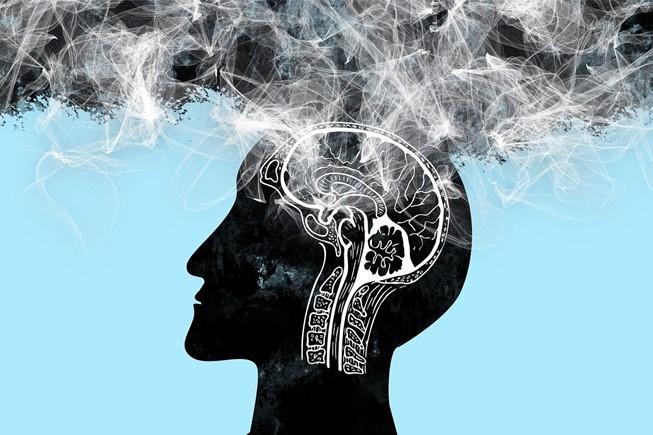How to memorise study materials?
You probably forgot what you read in Part 1. Oh well, you’re only human

This is a two-part blog about how to memorise all the study materials you need for an exam. Part 1 covered the basics of coding stuff that you want to remember effectively, by using characters, objects, and narrative scenes that are stimulating for your brain. Now, let’s take the next steps.
Compressing data
As a general rule, it's better to use characters as associations because those characters can have objects and even actions designated to them. When memorising larger amounts of information, we can combine those characters, objects, and actions, to decrease the amount of space it takes up in the brain-attic.
Let’s work with the same example used in Part 1: Mr. Leeuwenhoek first discovered bacteria in 1676. When learning the date, instead of four pieces of information (each number-character association separately, in order) we needed to store only two pieces of information because we already visually connected the two snakes with two objects (the pillar and the scythe). So, when we think about the snake with a scythe in its mouth, we think of the numbers seven and six at the same time, and in the correct order, too!
If we want to add more information to our brain attic, we can modify the image. Let’s say we want to remember that Robert Hook was a contemporary who discovered cells. We could modify the sneezing lion into a sneezing lion with a hook instead of one of its paws, and that it is grabbing onto the bars of a cell the lion is now in. By doing this, we have compressed eight pieces of information into three pieces of information, which together form a single picture. We have four numbers, the name Leeuwenhoek, the bacteria, the name Hooke, and the cells, represented by the two snakes with the objects, and the complex image of a sick lion with a hook, clawing at a cell. Neat, isn’t it?
Retaining data
You will have already forgotten most of the course materials minutes after studying them for an exam. Good job! Worry not, here’s why and how to prevent it.
The human mind is a forgetful entity. Well, assuming you don’t have a photographic or eidetic memory, but most of us do not. According to the famous curve drawn by psychologist Hermann Ebbinghaus, people, on average, forget about 75 percent of what they learn after one or two days. Most of this happens within the first hour and the curve has the sharpest decline in the first 20 minutes after reading a material or attending a lecture.
The forgetting curve can be mitigated by a strategy called spaced repetition. For the material to stick, you should repeatedly revise it with increasingly longer intervals. For instance, plan your first revision an hour after the initial reading (after a lecture, the first revision of notes should be right after the end of it). Plan the second revision in four hours, then in a day, then in three days, then in a week. It’s also advisable to learn actively. You shouldn’t just read and re-read the material. Take notes. Write down questions, especially about unclear elements, before revision.
Note that I said write, not type! Use pen and paper as our forefathers did. Try to answer your own questions both before and after the revision to simulate an exam situation. This will make you work a lot slower and it won’t feel as effective. But, in actuality, it is the most effective way you can study. Science says so. Trust the science.
I hope this two-part introduction to the science of mnemonics will be a helpful stepping stone for turning the process of studying into a more entertaining and much less daunting experience. Don’t forget: if you ever feel overwhelmed by the things you need to remember, just think of the violently sneezing lion with a hook for a paw.